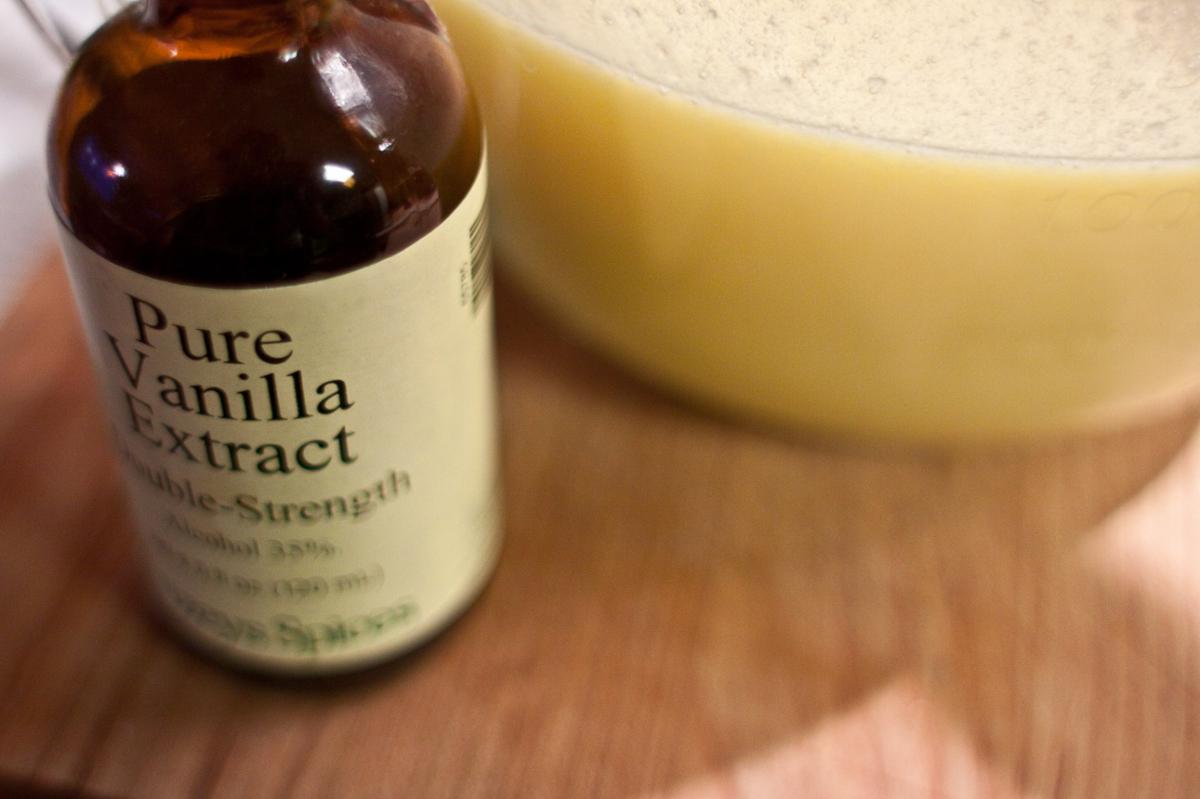One banana split, please. Two chocolate milkshakes, extra hot fudge. For me? I’ll just have plain vanilla, in a cone.
Don’t look so surprised—my ice cream order is anything but boring. For much of history, vanilla was a delicacy only for the rich, first cultivated in Mexico and enjoyed by the Maya and Aztec. When the method of hand-pollination was discovered in 1841, farmers were able to grow the vanilla orchid around the world but especially in Madagascar, where much of today’s supply is still produced.
Then, at the end of the nineteenth century, scientists created artificial vanillin, the primary compound of vanilla bean extract, and the source of its flavor and scent. Most vanillin today is safely synthesized from petrochemicals, and it’s used everywhere from makeup to cleaning supplies to, yep, dessert.
A study, however, has churned out a new source for everyone’s favorite flavoring. Researchers broke down plastic bottles into something called terephthalic acid, an organic compound chemically similar to vanillin. They then mixed modified bacteria into the acid and kept the concoction at room temperature for a day, which converted almost 80 percent of the acid into vanillin.
It sounds like a simple recipe—nearly as easy as making ice cream! And the benefits are hard to ignore: not only does the study’s method tackle the global problem of plastic waste, it also produces no hazardous byproducts. Yet plastic’s transformation to vanillin won’t flavor your soft serve anytime soon: much more research is needed to scale up production and ensure that the vanillin is safe to eat. Now if you’ll excuse me, my ice cream is melting.










